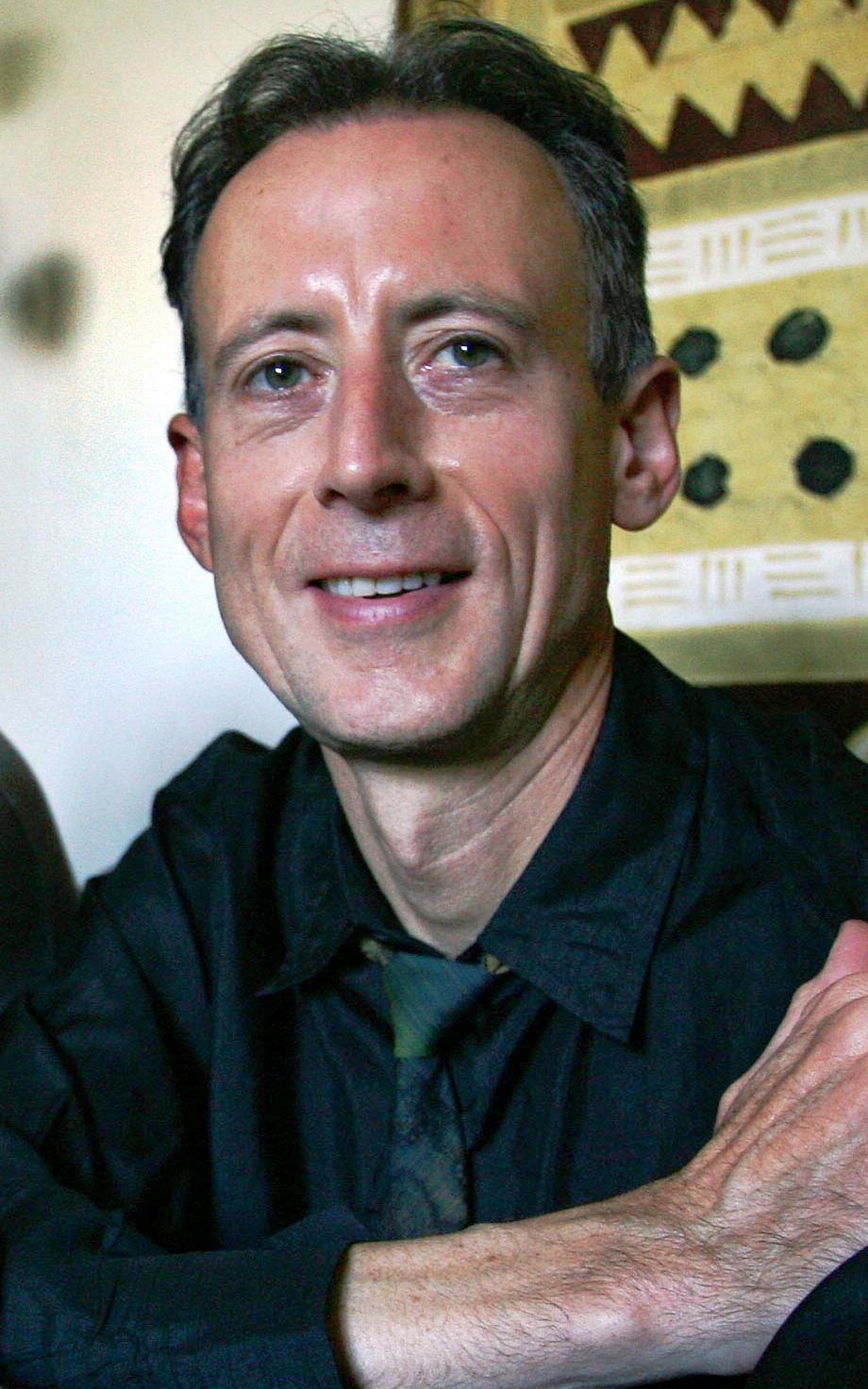The AIDS Quilt: Memorabilia – Jewish LGBT History & Heritage in the UK
Photos, posters, pamphlets, artefacts and other ephemera are vital resources of LGBT Jewish History & Heritage in the UK. Rabbi Mark Solomon introduces to us the ‘AIDS quilt’ , which was made in the early 90s as part of the Names Project to commemorate the victims of this disease. Rabbi Solomon has been leading the JGLG (Jewish Gay & Lesbian Group) World Aids ‘Chavurah’ for many years, and this quilt has been the central feature in this event.
Find more information on archiving your LGBT Jewish memorabilia here: RainbowJews_ArchivesLeafletv5
Mark Solomon RJ Transcript
[Mark Solomon talking about the AIDS Quilt]
Mark.
I’m Rabbi Mark Solomon and for many years I’ve been leading the World AIDS Day Chavurah, the service at the end of November to mark World AIDS Day for the Jewish Gay and Lesbian Group, JGLG. And a central feature of the Chavurah every year for many years now has been this quilt. Popularly known as an AIDS Quilt it was part of what’s called the Names Project which started off in the early 90s to remember – to create a memorial in cloth for people who died as a result of HIV/AIDS, mainly in the United States but also in Britain.
And this particular quilt was made by a very dear friend, named Mark, uh… It wasn’t to remember just one person like most of the quilt squares; it was to remember all the people -the many people – he knew from the 80s and 90s who died as a result of AIDS. And that’s why he made this quilt, as you can see with all the Hebrew letters and all the English letters, the Hebrew letters in the middle and all the English letters around the border, so that everybody’s name is contained in this quilt, all the people he wanted to remember, that any of us would want to remember.
And everything about this beautiful quilt is filled with symbolism. The way Mark designed it -it’s made of denim: denim he felt was very symbolic of gay life and gay culture. Denim jeans, blue jeans, but also all the sequins and pearls representing the exuberant side, drag culture… Mark himself was a bit of a drag queen in various times in his life and so that’s what the sequins symbolise. But of course the sequins are in the rainbow colours of the Rainbow flag and in the shape of a menorah, a candelabrum which symbolises light, the light if God, the light of hope and the light of memory; so little flames in diamanté at the top of each of the rainbow candles. And it’s all growing out of a dove, a dove of peace, embroidered with pearls. One of the most moving bits about the quilt is the fact that it’s a kind of irregular patch work of all sorts of torn bits of cloth in different colours. And for Mark that symbolised peoples’ lives that had been ripped apart like ripped pieces of cloth by the terrible AIDS epidemic, and the loss and the grief, but the fact that all these torn bits can be put together to make something of beauty…. And he wanted this to be beautiful as a way of remembering peoples’ lives. So every year when we start the World AIDS Day service for JGLG we unfold the quilt. It is a bit of a ceremony of unfolding it from each corner as you go around, and then we sit around and have our Chavurah, our fellowship service, in a circle around it so that it becomes the centrepiece for our memories, our prayers and our hopes.


